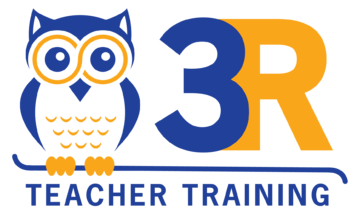Every educator has faced the conundrum at one time or another, “Why do students seem to forget what they've been taught so quickly?” We pour our energy into delivering engaging lessons, only to find blank stares when revisiting a topic. Herein lies the potential of summarizers, a tool that's often overlooked yet is invaluable.
We've all heard of the Forgetting Curve, a concept coined by Hermann Ebbinghaus that illustrates how knowledge is lost over time when there's no attempt to retain it. This curve might seem like a teacher's adversary, but understanding it is the first step to conquering it. Summarizers are a crucial bridge to ensuring that the curve tilts in favor of long-term retention. I remember my initial years of teaching. During a review session, a student once commented, “I don't remember ever learning this.” That statement was a turning point for me, leading me to explore how I could make learning more “sticky.”
So, what exactly are summarizers? They're short activities or prompts that allow students to condense and reflect on their learning. Unlike conventional review methods, summarizers are proactive. They actively involve students in the learning process, ensuring deeper understanding and longer retention. Imagine walking into a movie halfway through. That's how students sometimes feel when introduced to new content without any context. Summarizers bridge this gap. For instance, I've had success with the KWL Chart, where students outline what they Know, what they Want to know, and later, what they Learned. This not only primes them for the lesson but also engages their curiosity. Other methods, like one-minute papers where students write about a topic for a short time or Think-Pair-Share activities, can also be invaluable. The key is to find the right summarizer for your teaching style and subject matter.
Beyond just aiding retention, summarizers offer a plethora of benefits. They promote critical thinking, foster reflective practices, and can even create a stronger classroom community. In my experience, the most rewarding classes were those where students took charge of their learning, and summarizers often paved the way. Another personal advantage I've found with summarizers is the immediate feedback. Through activities like Anticipation Guides, I could gauge prior knowledge and misconceptions. This real-time insight is invaluable, allowing for on-the-fly adjustments to meet students where they are.
As educators, our ultimate goal is to impart lasting knowledge and foster a love for learning. Summarizers, while a simple tool, can be the game-changer many of us are looking for. My journey from those initial years of teaching, with moments of doubt, has been transformative, largely thanks to these strategies. I challenge my fellow educators to try a new summarizer activity in their next lesson. Witness the change it brings and share your experiences. We're on this journey together, constantly learning and adapting for the betterment of our students.
For those keen on diving deeper, I highly recommend Dr. Jane Healey's “Endangered Minds” and the plethora of resources available on the ASCD website on effective teaching strategies. For one of my all-time favorite summarizers, please click here.

